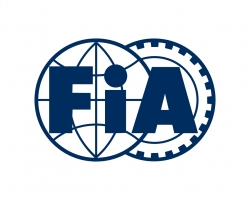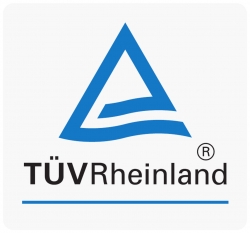 Dr Mathias Schubert
Dr Mathias Schubert Alex Geisler
Alex Geisler Dr Philipp Egler
Dr Philipp Egler Claude-Etienne Armingaud
Claude-Etienne Armingaud Katherine Sheriff
Katherine Sheriff Dr Sebastian Polly
Dr Sebastian Polly Alex Glassbrook
Alex Glassbrook Dr Paul Loustalan
Dr Paul Loustalan Hans Steege
Hans Steege Stéphanie Priou
Stéphanie Priou Dr Matthew Channon
Dr Matthew Channon Frederic Bruneteau
Frederic Bruneteau Dr Daniel Pauly
Dr Daniel Pauly Maximilian Zahn
Maximilian Zahn Pierre Chehwan
Pierre Chehwan Dr Isabella Hinterleitner
Dr Isabella Hinterleitner Dr Daniel Ruiz
Dr Daniel Ruiz Katherine Sheriff
Katherine Sheriff Malcom Glenn
Malcom Glenn Olivier Lenz
Olivier Lenz Dr Daniel Ruiz
Dr Daniel Ruiz Eric Meloche
Eric Meloche Dr Michael Lipka
Dr Michael Lipka Tom Jansen
Tom Jansen Bogdan Bereczki
Bogdan Bereczki Harri Santamala
Harri Santamala Chris Heiser
Chris Heiser Dr Zeyn Saigol
Dr Zeyn Saigol Dr Karl Obermair
Dr Karl Obermair Maud Bernard
Maud Bernard Mark Thomas
Mark Thomas